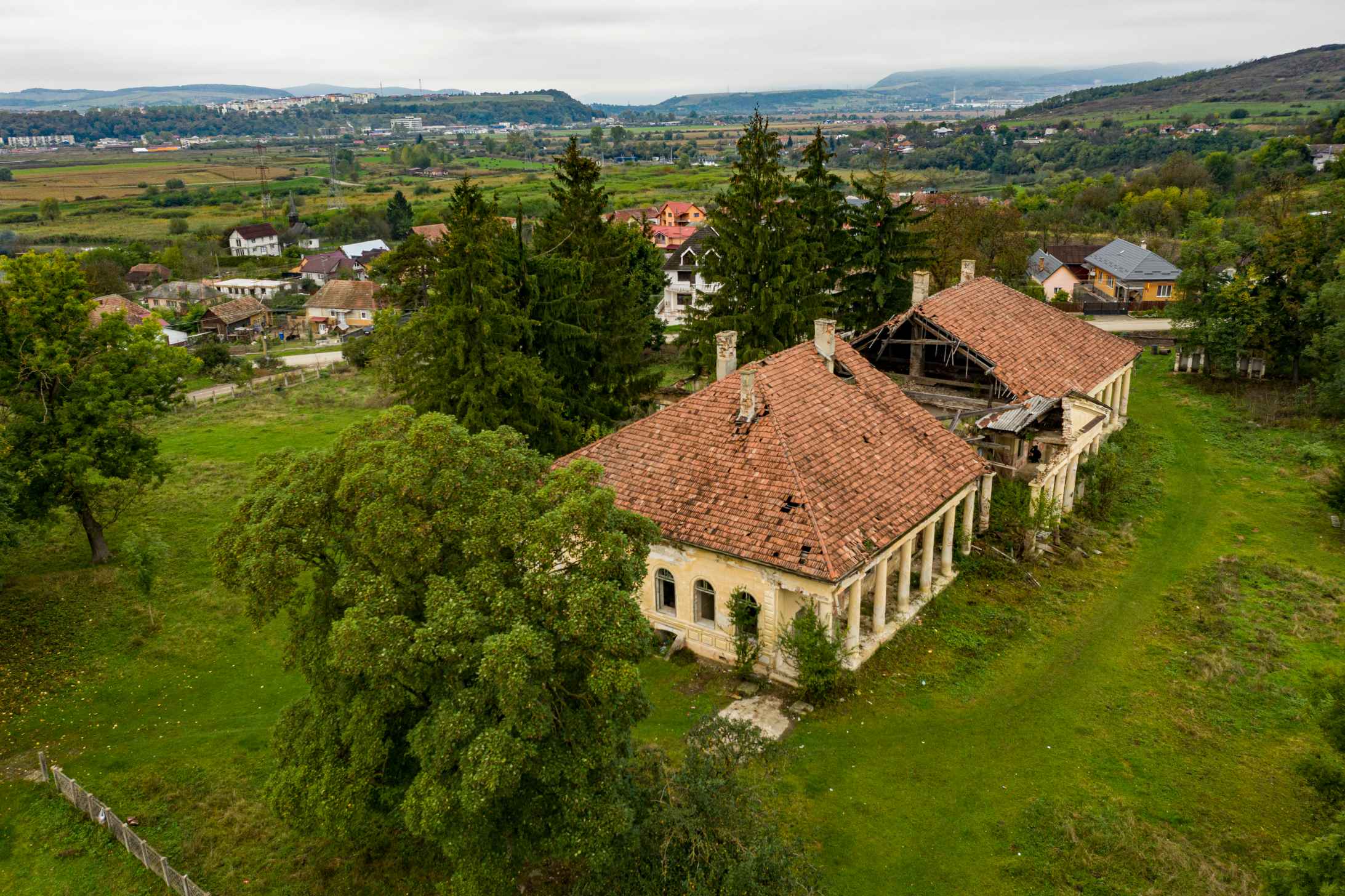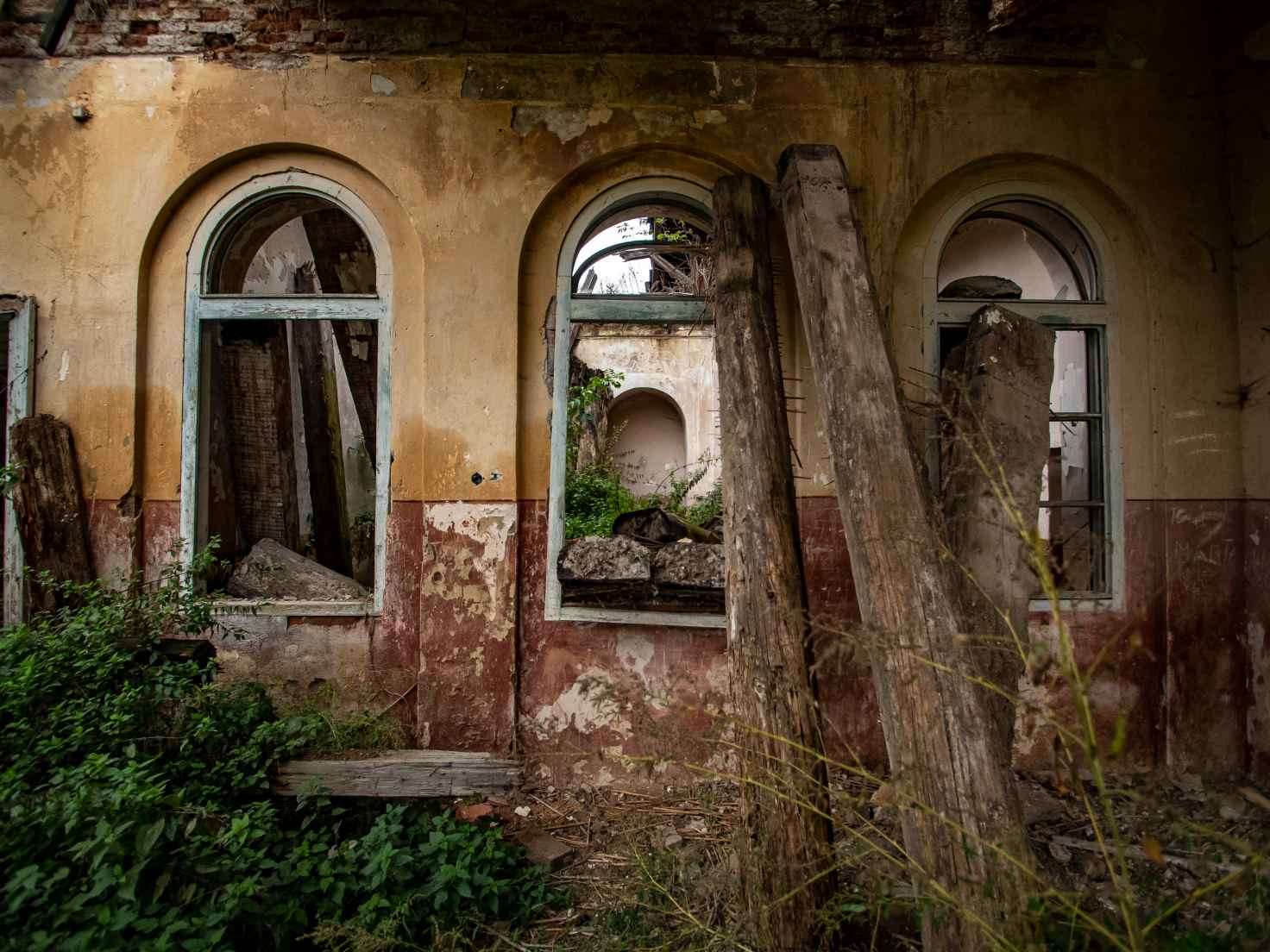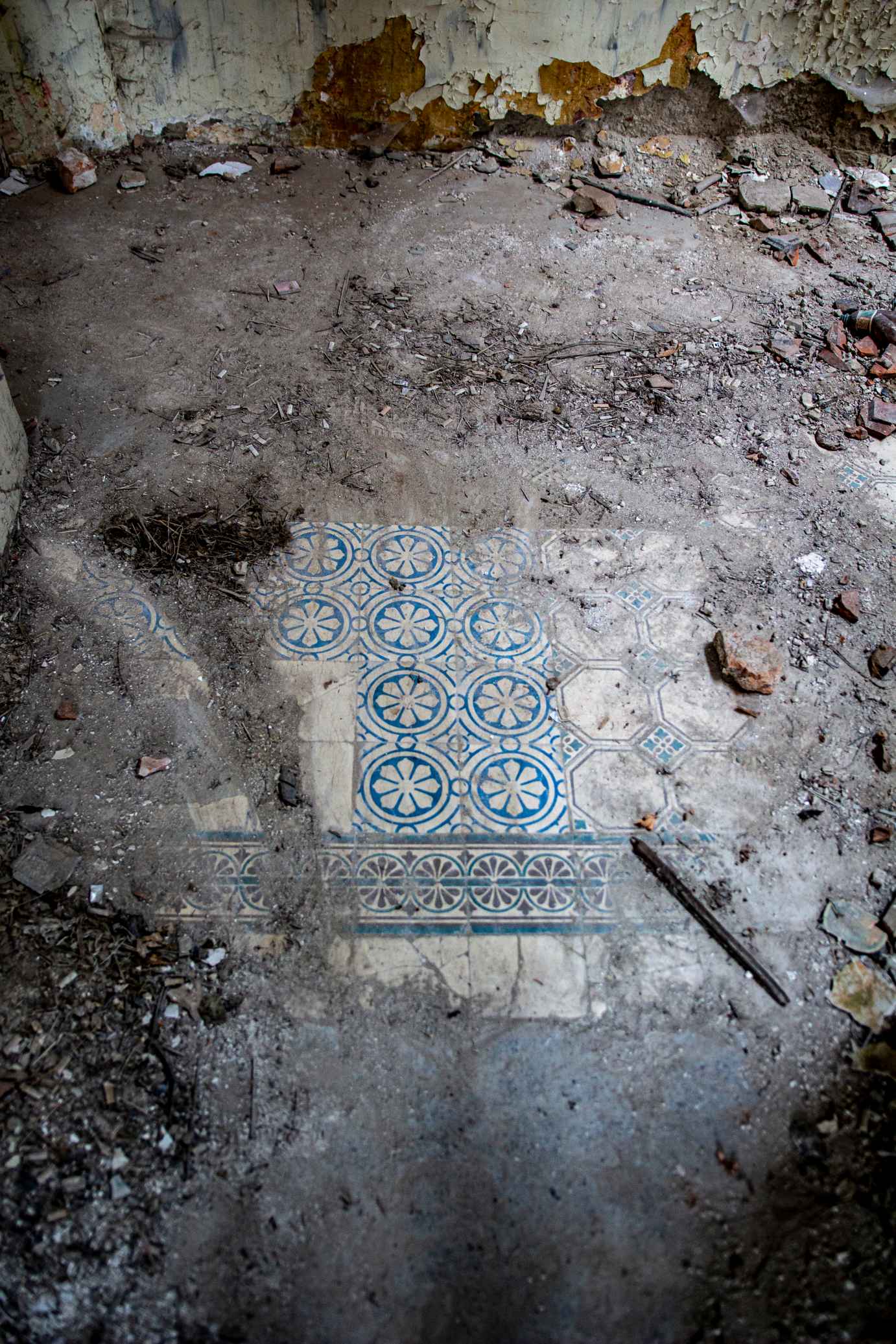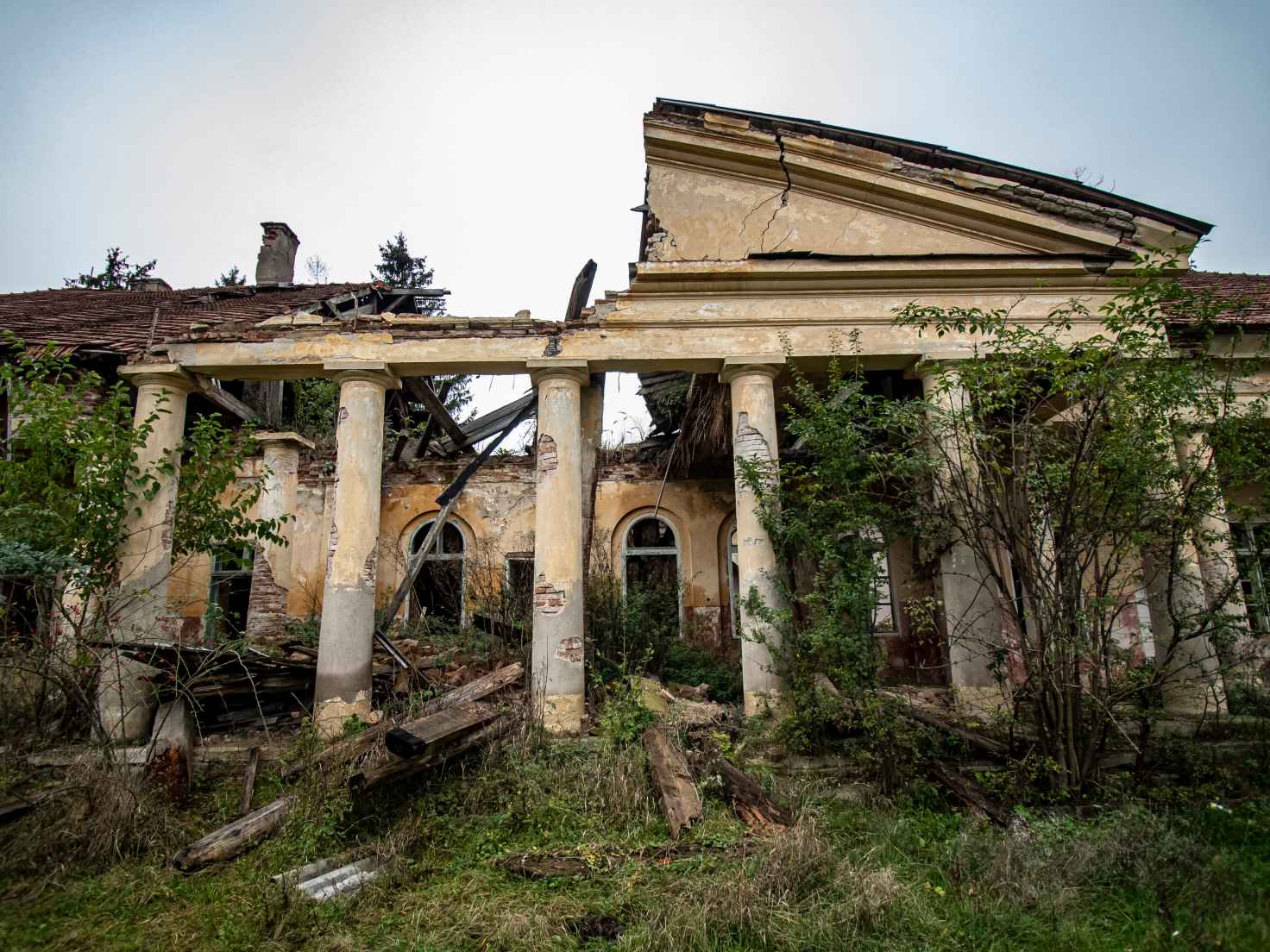The Neoclassical Building of the Kornis Family in Mănăstirea
Historic Monument Code: CJ-II-m-B-07704.02
The smaller and newer building located north of the old Kornis Castle is the ensemble’s Neoclassical building (or pavilion) built in the first part of the 19th century. During this period, more precisely in 1820, the owners of the estate were Baroness Cecilia Kemény, widow of Sigismund Kornis (died in 1809) and Countess Anne Teleki, widow of Ignatius Kornis (died in 1819).
According to tradition, the building was built to serve as residence for the family, since the old castle was too large and difficult to heat, while a more modern construction would be easier to maintain, as well as more comfortable. In the 20th century, several authors writing about the history of the ensemble mention the fact that the family members use the new building, which is also attested by period photographs. In the early 1900s the building was modernised by Count Károly Kornis, who introduced water and electricity to the building.
It has an elongated rectangular ground plan (1000 m2), being composed of a basement and a ground floor, and bordered on two sides by a portico consisting of 19 Doric columns. Initially, its composition was symmetrical, with a portico on the southern side (which was later closed), with the central axis marked by two protruding volumes, each crowned at the top by a tympanum – the one looking towards the road is decorated with two Kornis family coats of arms united under a single crown.
As part of the Kornis Castle’s ensemble, the building shared the fate of the former, and eventually a school functioned here until the 2000s (the interior shows traces of rooms having been divided, most likely during this period). Today, the building is without function and is degrading continuously. It can be visited; however, entry is unadvised due to security reasons.
Extra:
- The fact that the town of Dej and a part of Gherla, as well as the villages Ocna Dej and Mănăstirea had access to electricity and benefited from public lighting since 1910, is due to Count Károly Kornis III (1969–1918). Returning from his European study trips, in 1905 he commissioned an expertise on the establishment of a hydroelectric power plant at Mănăstirea. In 1909 he founded the Joint Stock Electricity Company of Benediug (the old name of the village), the majority shareholder being the Kornis family, after which the works were started. A reinforced concrete dam was built on the Someș River, and on the right bank, in the place of a former mill, a building was raised housing 2 Ganz-Danubius turbines and 2 Siemens-Schukert generators. The first plant was put into operation on the 10th of July 1910. According to a news article of the time, the inhabitants of Gherla spent this night by walking the streets until late, to the tunes played by a marching band. In 1923, the second hydroelectric power plant was built on the other bank of the river. After the World War II, these were nationalised.
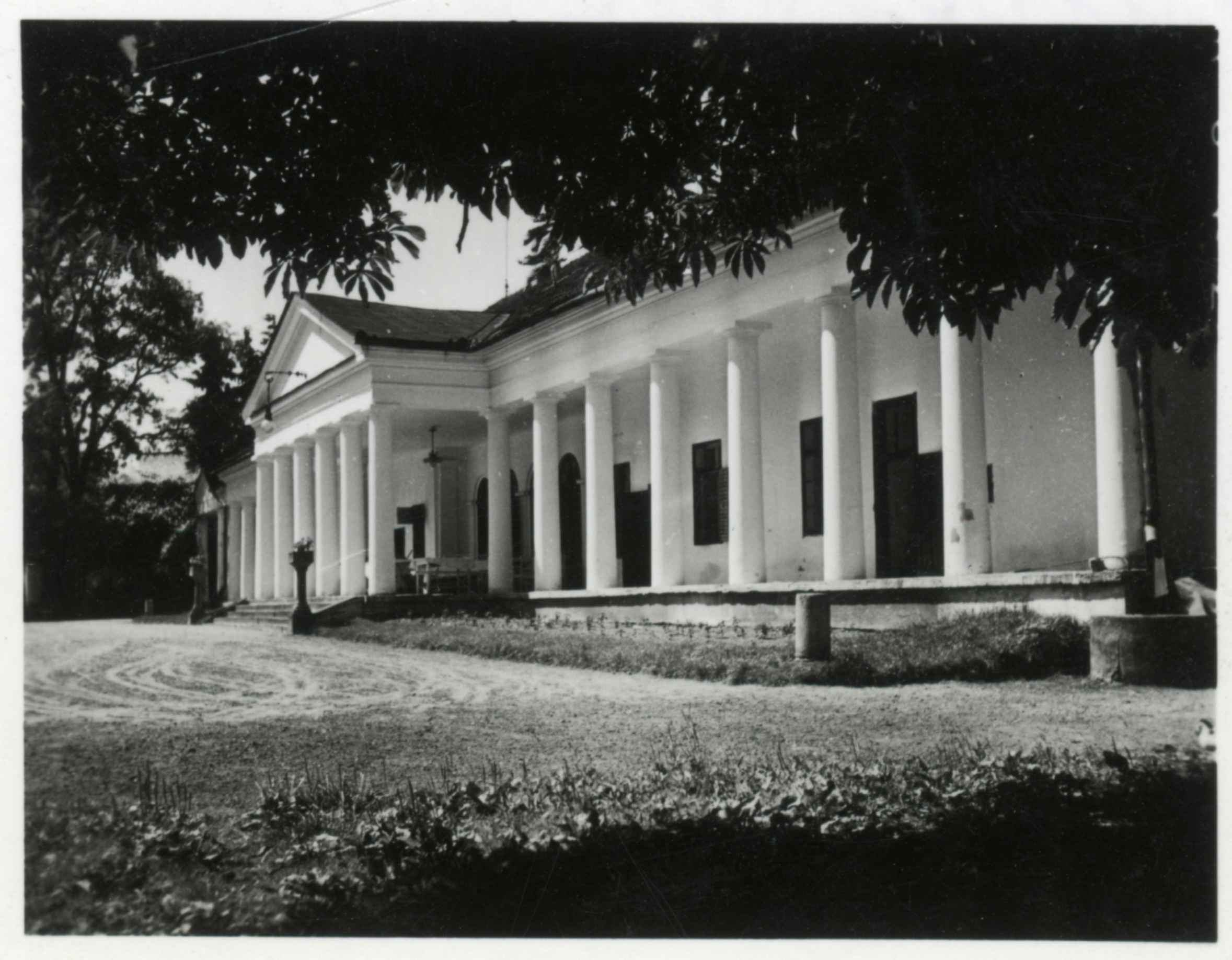
Hungarian National Museum, Central Database and Digital Archive of Images

